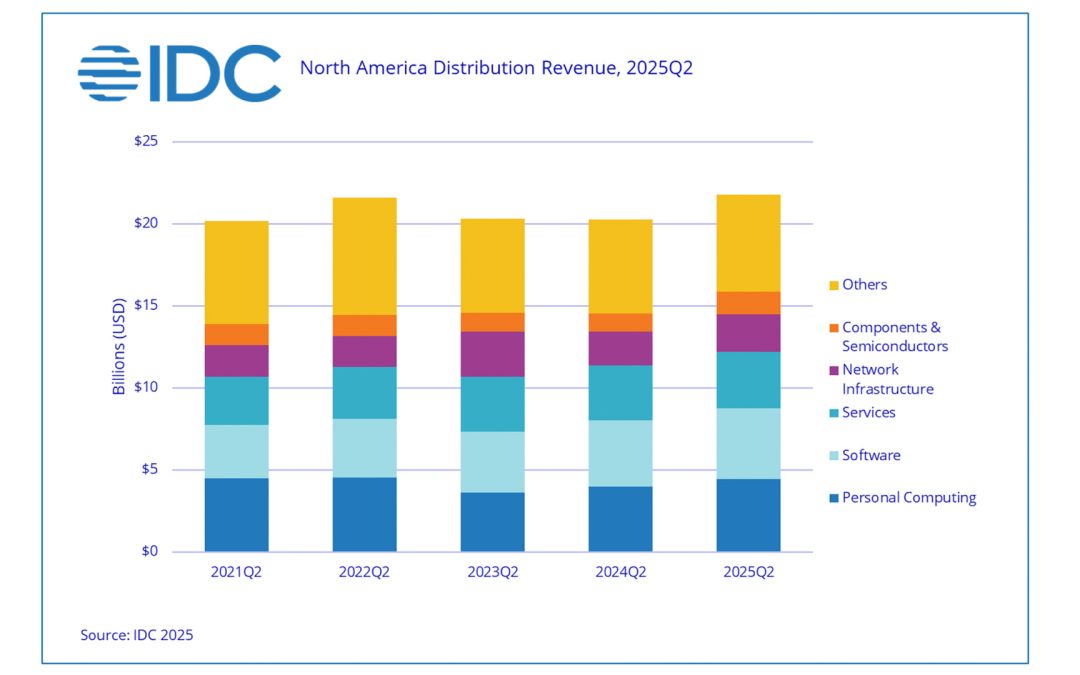
With a Shanghai company creating 3D printed houses, research by IDC places China at the forefront of 3D printing, both in Asia and globally.
As Forbes reports, “China is leading Asia, a continent full of tech-savvy countries, in making the most of this 30-year-old technology due to eager government support and a list of industries willing to use it.”
In 2017, China funnelled $1.1 billion (€882.9 million) into 3D printing, according to data compiled by IDC, which described the country as “the force” behind the growth of 3D printing in Asia. There are a number of factors contributing to this growth, among them decreasing production costs, the ease of “customising goods”, and government investment, with the latter being particularly crucial in the case of China.
The catalyst for China’s 3D expansion was the 2015 government initiative, “Made in China 2025”, launched in order “to foster advanced technology.” The country’s Ministry of Industry and Information Technology also “released a separate plan to develop China’s 3D printing industry in 2015 and 2016”, with their mission setting “goals for innovation and commercialisation of 3D printing.”
A second action plan has since been launched at the end of last year, dedicated to the development of additive manufacturing. This plan “would train people and promote two or three local brands to be competitive, taking this side of the 3D printing industry to $3 billion (€2.4 billion)”, according to IDC’s lead analyst Mun Chun Lim.
China’s focus on 3D printing is being echoed by regional neighbours, Taiwan and South Korea, both of which are investing in the development of the technology. While the USA and Germany may currently stand at the forefront of global 3D printing, China and Australia are breathing down their necks, according to the A.T. Kearney management consultancy.
However, analysts have warned that China must “think creatively” about how to regulate the creation of 3D printed objects, particularly when it comes to the likes of 3D printed homes, which will need to comply with safety standards.
“Due to the rapid expansion and proliferation of 3D printing in China, one of the toughest challenges will be the safety issue for both industrial and private consumer users of 3D printed products,” explained Christopher Hang-Kwang Lim, a tech-specialized senior fellow with the S. Rajaratnam School of International Studies in Singapore.
“If one were to consider a matrix of an ever-expanding list of raw materials used in the 3D printing industry…then it would not be hard to visualize the complexities involved in setting up safety standards, and to monitor and enforce safety standards, assuming there is an acceptable standard,” he continued.




















